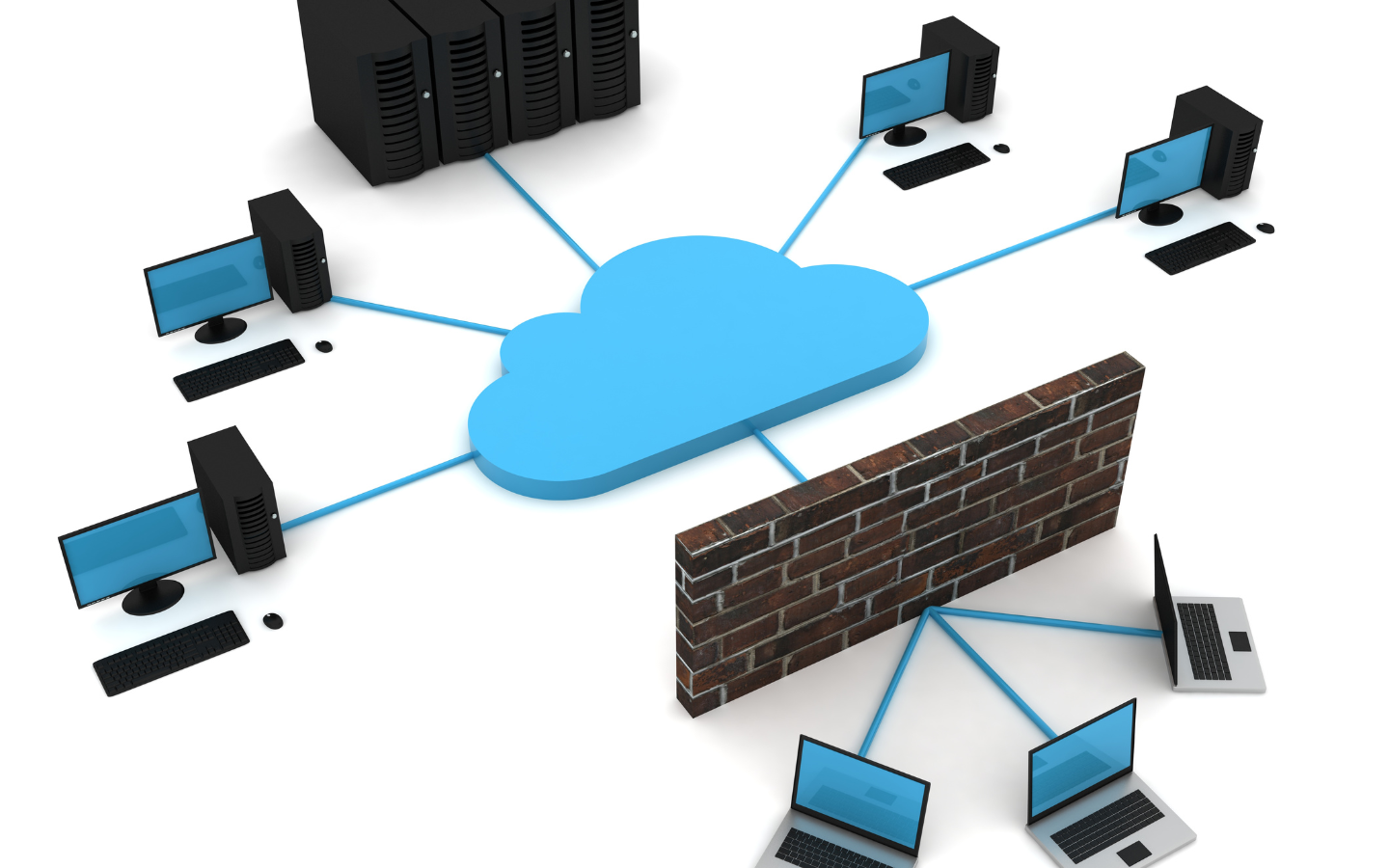Securing Microsoft Edge Communication The Simple Shift That Makes All the Difference
When was the last time you really thought about your browser settings? Most of us don’t give them a second thought, but for businesses looking to...

In our latest session with Brian Reese, we continued to explore the often-overlooked aspects of Chrome browser security. This time, the focus was on remote access—specifically, the potential dangers lurking if this feature is left unchecked. Brian didn’t mince words: “Allowing remote access without proper safeguards is like leaving the keys to your kingdom under the doormat.”
Remote access settings, when misconfigured, can create a backdoor for cybercriminals. Brian walked us through how easy it is for an attacker to exploit these settings, especially in environments where security is lax. While convenient for users needing to access their workstations remotely, the trade-off in security is significant. By enabling remote access without stringent controls, you’re essentially inviting trouble.
Brian made it clear that not all remote access is bad—it’s the lack of control and monitoring that turns it into a security nightmare. In business environments, where sensitive data is at stake, it’s crucial to disable remote access settings unless absolutely necessary. For those who need to maintain remote access, Brian recommends using secure, enterprise-grade solutions that offer better control and logging capabilities.
During the session, Brian emphasized that configuring Chrome’s settings to disable remote access connections is a straightforward but crucial step. This simple act significantly reduces the risk of unauthorized access, making your network less attractive to would-be attackers. The message was clear: in cybersecurity, convenience should never come at the expense of security.
To drive home the point, Brian shared a real-world scenario from his consulting experience. He recounted a case where a small business left their remote access settings wide open, thinking it was a harmless convenience. Unfortunately, this oversight allowed a hacker to breach their system, leading to a costly data leak. The lesson? Convenience should never trump security, especially when more secure options are readily available.
Another critical point Brian touched on was the risk posed by networked printers. It’s easy to overlook printers as potential security risks, but as Brian pointed out, they can be a weak link if not properly secured. The Google Cloud Print Proxy, for instance, is a feature that allows printers to be accessible over the web—handy, but potentially dangerous if not needed. Brian’s advice was simple: disable it unless absolutely necessary.
By stripping away unnecessary functionalities, you not only reduce potential attack vectors but also simplify your security management. This is especially important in small to medium-sized businesses, where IT resources might be limited.
As Brian Reese so aptly put it, “Security isn’t about making your system impenetrable; it’s about making it difficult enough that attackers move on to an easier target.” His advice is a call to action for businesses and individuals alike: review your Chrome settings, disable what you don’t need, and make sure your remote access capabilities are secure.
To catch up on the full episode and see Brian’s insights in action, watch the full webinar here.
Don’t miss the chance to stay ahead of the curve—register for upcoming episodes in our CIS Benchmarks series.
And remember, Senteon is offering a free evaluation of your security settings—simply sign up at Senteon with the comment “settings webinar” to get your free internal and external reports.

When was the last time you really thought about your browser settings? Most of us don’t give them a second thought, but for businesses looking to...

The digital landscape is full of hidden traps, and one of the biggest culprits is our most-used gateway to the internet: the web browser. In...

In the latest episode of Senteon’s webinar series, Henry Timm from Phantom Technology Solutions returned to wrap up a deep dive into CIS Benchmarks...